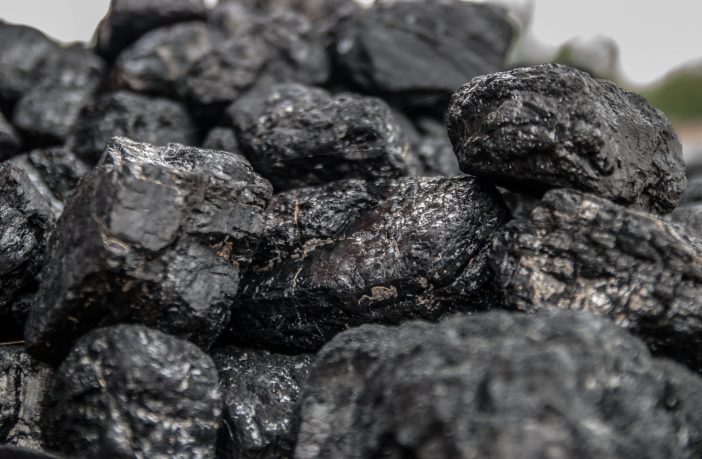- Speaking at the Southern African Coal Conference in Cape Town last week, World Coal Association Chairman, July Ndlovu, said there has never been a more poignant time to speak about coal and its multiple attributes.

World Coal Association Chairman, July Ndlovu. Image credit: WCA
“Almost a year to the day, coal’s global journey took a new and dramatic turn, or more correctly, a series of turns. Europe was confronted by a plethora of unprecedented energy challenges including gas shortages, ongoing supply chain problems, price surges, and transportation bottlenecks. Additionally, droughts manifested the inability for renewables to deliver the continuous supply of energy that was promised.”
Mr Ndlovu said that geopolitical issues in Ukraine, Russia, and China added more uncertainty to the calamity, showing how essential it was for countries to have energy security.
“As the past year has demonstrated, coal can still be relied upon to deliver energy security in the face of turmoil and uncertainty.
“Coal continues to play a pivotal role in parts of the world where fuel choices are few. This includes Asia, South Africa, and a large part of the African continent, where millions of people still depend on coal for light, heat, food, employment, and transport – essentially the basics of life.
“In reality, coal remains essential to electricity supply in more than 80 countries. By 2040, the IEA predicts it will be the largest single source of electricity to 22 per cent of the world’s population.”
Mr Ndlovu said it was every country’s sovereign right to make its own energy choices.
“So, we’ve got to get back to reality and common sense. We’ve got to push back against singular energy solutions, which are inadequate and unreliable. We must consider coal’s multiple attributes and practicalities.”
Mr Ndlovu said coal remained the core raw product in the creation of steel, cement, and aluminium – the lifeblood of a constantly transforming society.
“According to the International Energy Agency (IEA), demand for steel alone is set to grow a third by 2050. Where is that steel coming from? This is the same steel that is also needed to produce wind turbines, solar panels and batteries. Is it being made from renewable energy? No, not yet anyway. The volumes needed are too astronomical. It’s got to come from coal.”
Mr Ndlovu said the coal industry was undergoing a major transformation as participants across the whole coal value chain – including South Africa’s Thungela Resources, Seriti Resources, and the South African Colliery Manager’s Association (SACMA) – signed on to an abated coal future which included technologies such as High-Efficiency Low Emissions (HELE) and Coal-to-Hydrogen, all capable of being equipped with Carbon Capture and Storage (CCUS).
“The fact remains that up to 99 per cent of coal emissions, including CO2, can be eliminated through current and available abatement technologies. The past year has informed us all that we are at a major crossroads in our energy future, and we need to chart a new and truly ground-breaking way forward for this valuable and versatile commodity and the dynamic community that oversees it,” concluded Ndlovu.
Author: Bryan Groenendaal
Source: World Coal Association















